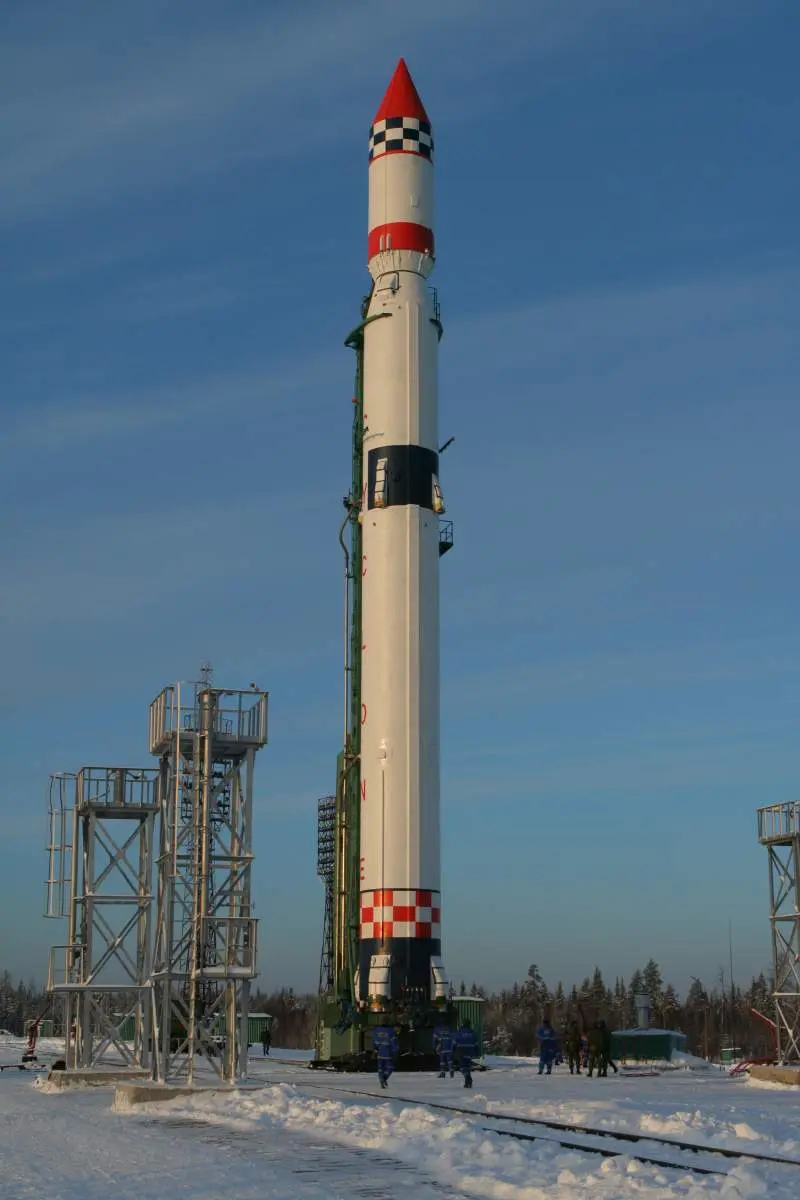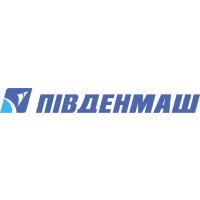Meteor-2 n°19
Launch Success
Liftoff Time (GMT)
22:29:59
Wednesday June 27, 1990
Mission Details
Meteor-2 n°19
Meteor is the Soviet/Russian generic name for its Low-Earth-Orbiting (LEO) meteorological satellite family which started operation in 1969, designed and developed by VNIIEM, Moscow. Prior to this series there was an experimental Cosmos series with the first orbiting meteorological satellite, Cosmos 44, which was launched on August 25, 1964, and was followed by nine analogous Cosmos satellites until 1969, when the succeeding series was officially named Meteor-1. The designations of the series Meteor-1, -2, and -3 define different payload configurations, improved spacecraft platforms, and different orbits. The Meteor-3 series is presently the most advanced payload generation and the operational series. A total of 25 Meteor-1 satellites were launched from 1969 to 1977. The Meteor-2 series came into use in 1975. The Meteor-2 series spacecraft had a launch mass of 1300 kg. The system comprises two to three satellites continuously operating in near polar orbit with an average altitude of 900 km. The on-board instrument package includes three television-type (frame technique) VIS and IR scanners, a five-channel scanning radiometer and a radiometer (RMK) for measuring radiation flux densities in the near-Earth space (see sensor definition of Meteor-3 series).
Low Earth Orbit
1 Payload
1,300 kilograms
Launch Site
Stats
Tsyklon-3
84th
Mission
3rd
Mission of 1990
Yuzhmash
2370th
Mission
36th
Mission of 1990
1990
59th
Orbital launch attempt

